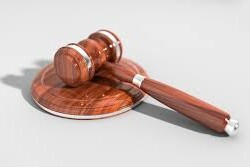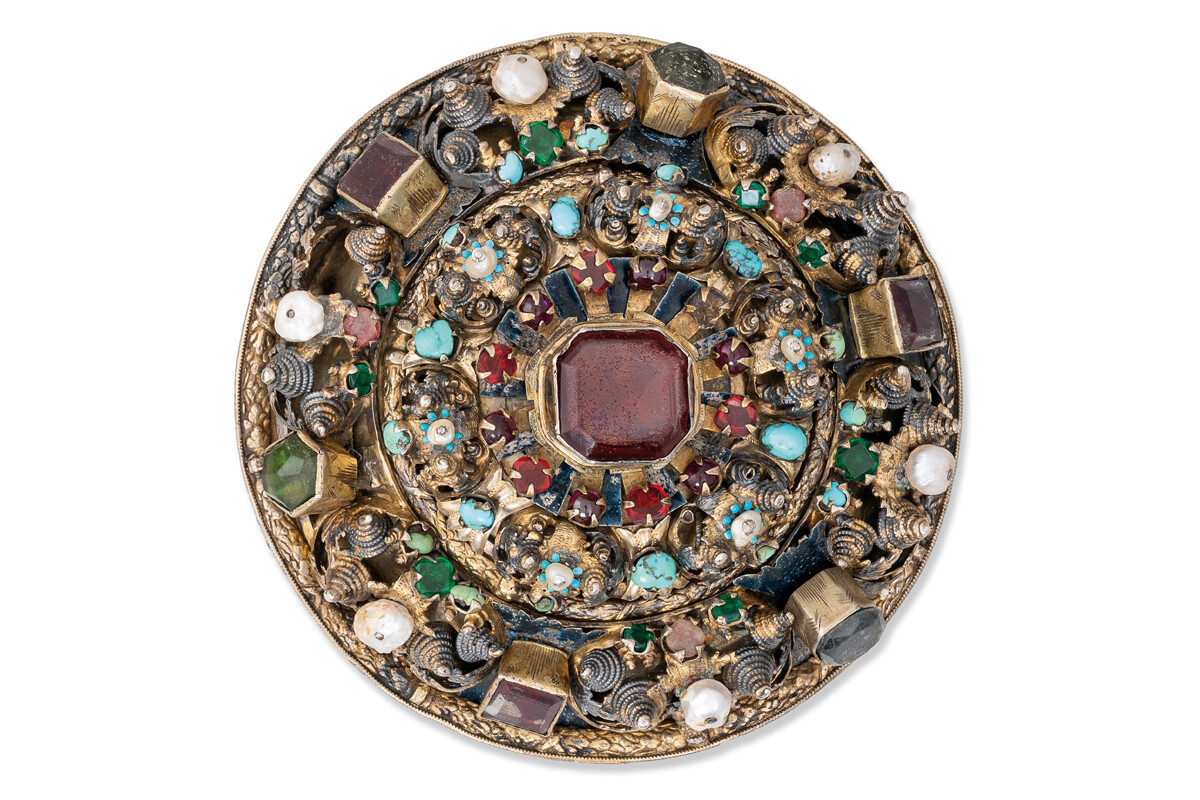In 2007, Anna Babucsik conducted a three-part interview with Csaba Nagyházi, the founder of the Nagyházi Gallery and Auction House in Budapest, and the honorary president of the National Association of Hungarian Art and Antique Dealers. By recalling this series, the magazine aims to pay tribute to Csaba Nagyházi, one of the most emblematic figures in Hungarian art trade.
Full article coming soon!
Could you tell me a little more about your childhood? Did your father have any collection? What kind of encouragement did you receive at home for art collecting?
My father was born in 1901. According to him, he set aside his first coin in 1911, but he began to collect more seriously in 1919-1920. He lived an active life, being a competitive cyclist. He loved playing the violin, and had a gypsy band, in which he was the only Hungarian. Naturally, he also taught us to play. As a well-known person – he was a first-class road cyclist, he was written about in the newspapers almost daily, especially leading up to the 1936 Berlin Olympics and later when he cycled to Naples – he could easily obtain money even during the interwar period. In Debrecen, where we lived, he had two cabinets for his medals. The furnishing of the house, by the way, came partly from my mother’s dowry, which consisted of bourgeois furniture. On the other hand, my father had a few valuable pieces: a bookcase, a cabinet for medals, and a display case, all of which were very beautiful.
He was well connected with the intellectual circles in Debrecen, and we often had visitors who traded with each other. Gradually, he developed a deep appreciation for art objects. For example, I first saw Doppelglasst, KÉP double-walled glass, in my father’s own collection at home, which is still a collector’s curiosity today. In addition to glass objects, he also collected silver, and on top of the kitchen cabinet, there was a series of miskakancsók, which has become such a rarity that in forty years, I’ve only encountered one, which my friends got for me on my 60th birthday (image of miskakancsó!). Unfortunately, before I realized it, these vessels disappeared. In Debrecen, there has always been a lively interest in numismatic objects, and there were also circles of collectors of all kinds. Everyone seemed to be a little curious. There wasn’t the same opportunity as in Budapest for people to look around the BÁV depot, but they could only get to know each other and acquire new items through the coin collectors’ association, and trade amongst themselves. This way, the miskakancsók and bottles also got away from us.
He had very beautiful pistols, weapons, and Japanese swords. These definitely constituted a high-quality part of his collection. He always had a display case that contained only items from the period of the Conquest and Roman artifacts. At the center of it was a7th-century Avar skull. A mammoth leg bone was also uncovered in the area, and he acquired that as well.
He had a good mutual relationship with the Déry Museum in Debrecen, as well as connections with the Agricultural Museum in Budapest and the coin collection of the National Museum.


